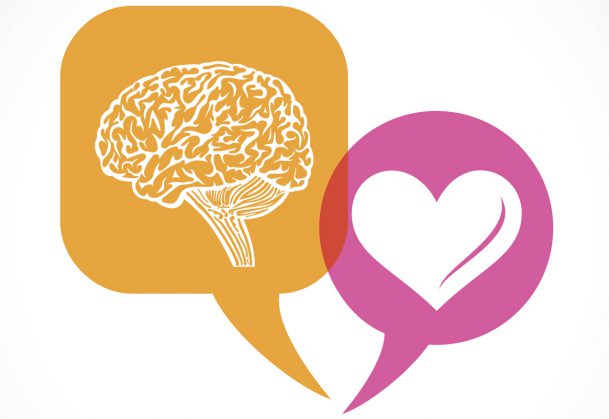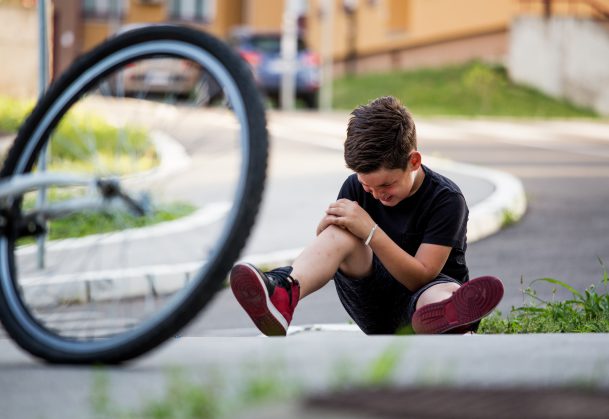Want More Generous Children? Show Them Awe-inspiring Art

Concert halls, movie theaters, and museums are home to a kaleidoscope of art forms, but one thing they all have in common is the potential to inspire feelings of awe. This humbling perspective has been shown to motivate adults to set aside their own problems to focus on the needs of others, and new research in Psychological Science suggests that awe can encourage generosity in children too.
“Awe, an aesthetic and moral emotion, helps societies flourish by making children more generous,” wrote Eftychia Stamkou and colleagues Eddie Brummelman, Rohan Dunham, Milica Nikolic (University of Amsterdam), and Dacher Keltner (University of California, Berkeley). “Our research is the first to demonstrate that awe-eliciting art can spark prosociality in children, even encouraging them to donate tangible resources, and this effect concurs with physiological processes associated with social engagement.”
Humans experience feelings of awe when we encounter a conceptually or physically vast entity that makes us feel small, humbling us by positioning our sense of self within a larger social context, Stamkou explained in an interview. Children have been found to develop a sense of self—an essential component of awe—by the time they are 5 years old, but until recently it was unclear how this might relate to their capacity to experience awe, she continued.
Through their research, Stamkou and colleagues found that viewing scenes from awe-inspiring films can encourage children as young as 8 years old to prioritize other people’s well-being.
In the first of two studies, Stamkou and colleagues had 159 online participants ages 8 to 13 years old view one of three film clips shown to elicit feelings of awe, joy, or neutrality in the researchers’ previous pilot studies. After viewing the video, participants reported how they were feeling and then completed two additional tasks. In the first task, the children were asked to count items in a spreadsheet to help determine what had been donated to a university food drive for local refugees. In the second task, the children were presented with the opportunity to donate their reward for completing the study—a ticket to a nearby museum—to a refugee family or to keep it for themselves.
Children who watched the awe-inspiring video chose to count 50% more items for the food drive than children who watched the joy-inspiring clip and more than twice as many items as children who watched the neutral clip. Children in the awe-inspiring condition were also 2 to 3 times more likely to donate their museum tickets than children in the joyful or neutral conditions.
“Children led to feel awe were more likely to forgo self-gain to help refugees,” Stamkou and colleagues wrote.
In their second study, the researchers measured the respiratory sinus arrhythmia (RSA) of 384 children while they watched mood-inducing videos. RSA is a term for the way in which the vagus nerve, part of the parasympathetic nervous system (PNS), regulates our breathing and heart rate to covary with one another—for example, by simultaneously decreasing in response to meditation and increasing in response to going for a jog.
Related research on prosocial behavior
-

Brain Can Be Trained in Compassion, Study Shows
A study shows that training adults in compassion can result in greater altruistic behavior.
-

Children Less Likely to Come to the Rescue When Others Are Available
Children as young as 5 are less likely to help a person in need when other children are present and available to help.
-

Prosocial Media Linked With Empathy Across Cultures
Media and video games that portray cooperation and caring have a positive influence on behavior, a cross-cultural study shows.
Unlike in the previous study, children who watched the awe-inspiring video did not count more items for the food drive than children in the joyful or neutral conditions. They were, however, significantly more likely to donate their reward for participating in the study to a food drive for refugee children.
Children’s RSAs were also found to increase in response to the awe-inspiring video and to decrease in response to the joyful and neutral videos. These findings align with previous research with adult participants in which experiences of awe have been found to increase activity in the PNS, which supports emotion regulation and social engagement, Stamkou and colleagues observed.
“These physical benefits of awe have downstream consequences on individuals’ social relationships,” the researchers wrote.
The new findings not only demonstrate that children as young as 8 are able to experience awe, but that it may be possible to foster prosocial behavior in children by constructing more awe-inspiring environments, Stamkou explained. In future work, she plans to explore how physiological measures like RSA can be used to measure experiences of awe in even younger children. For example, a 1- or 2-year-old toddler may not be able to comprehend the concept of awe, but their responses to singing and music could be deeper than previously imagined, Stamkou suggested.
Reference
Stamkou, E., Brummelman, E., Dunham, R., Nikolic, M., & Keltner, D. (2023). Awe sparks prosociality in children. Psychological Science. https://doi.org/10.1177/09567976221150616
Feedback on this article? Email [email protected] or login to comment. Interested in writing for us? Read our contributor guidelines.





APS regularly opens certain online articles for discussion on our website. Effective February 2021, you must be a logged-in APS member to post comments. By posting a comment, you agree to our Community Guidelines and the display of your profile information, including your name and affiliation. Any opinions, findings, conclusions, or recommendations present in article comments are those of the writers and do not necessarily reflect the views of APS or the article’s author. For more information, please see our Community Guidelines.
Please login with your APS account to comment.